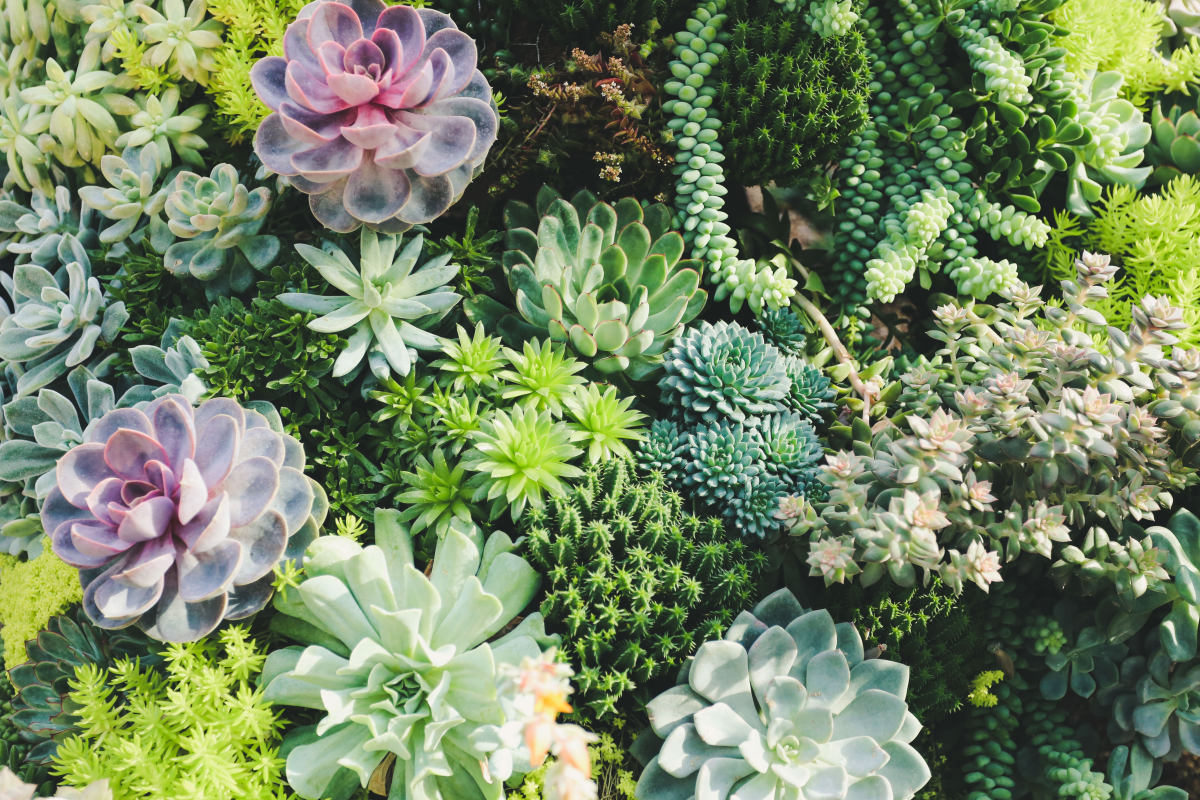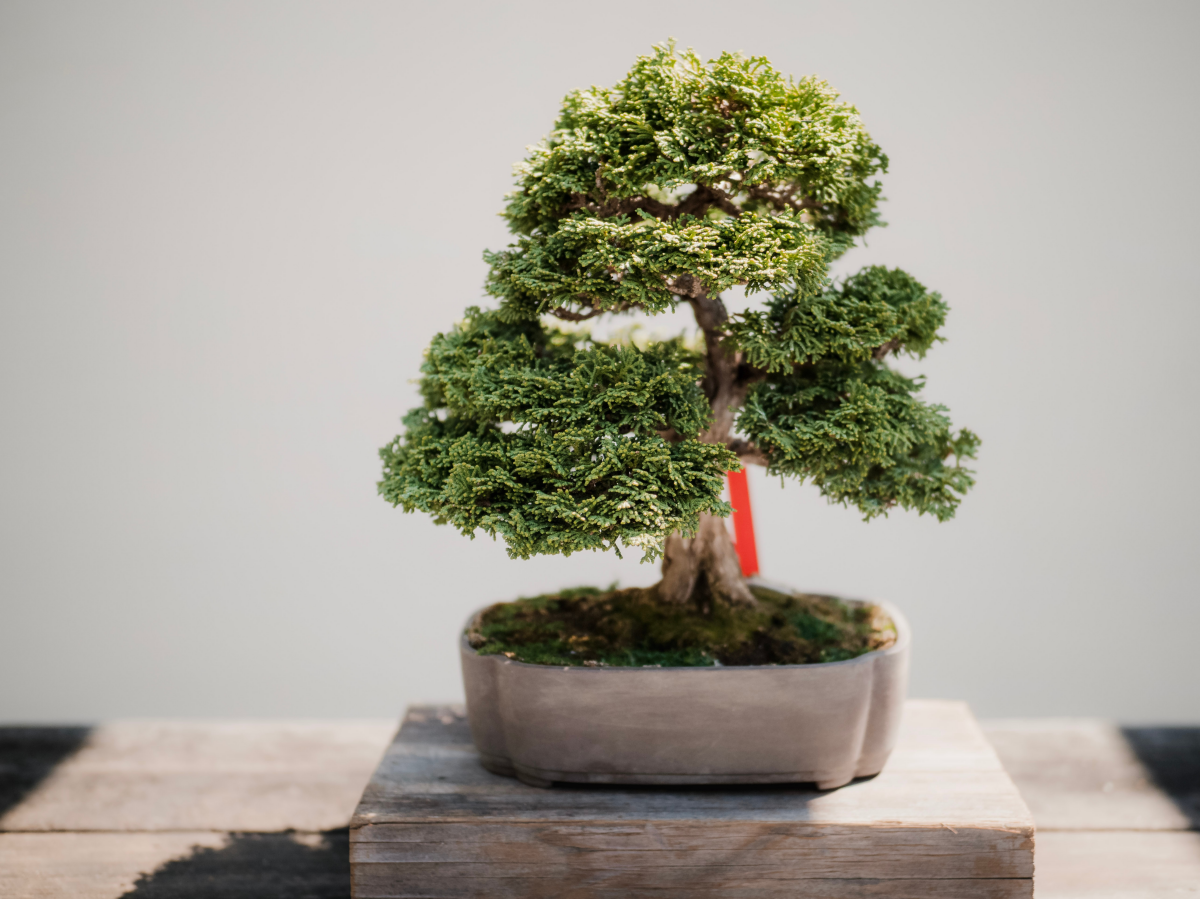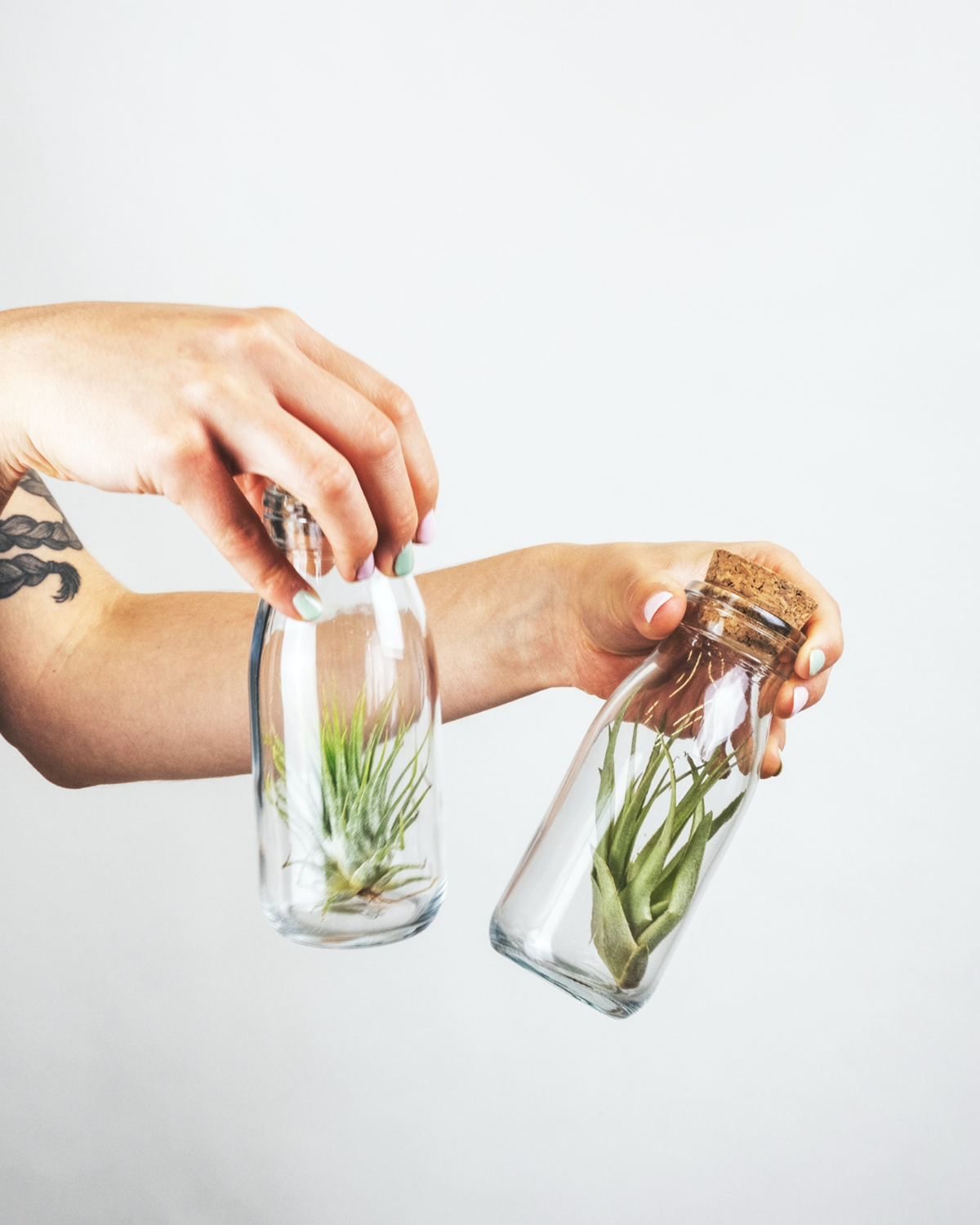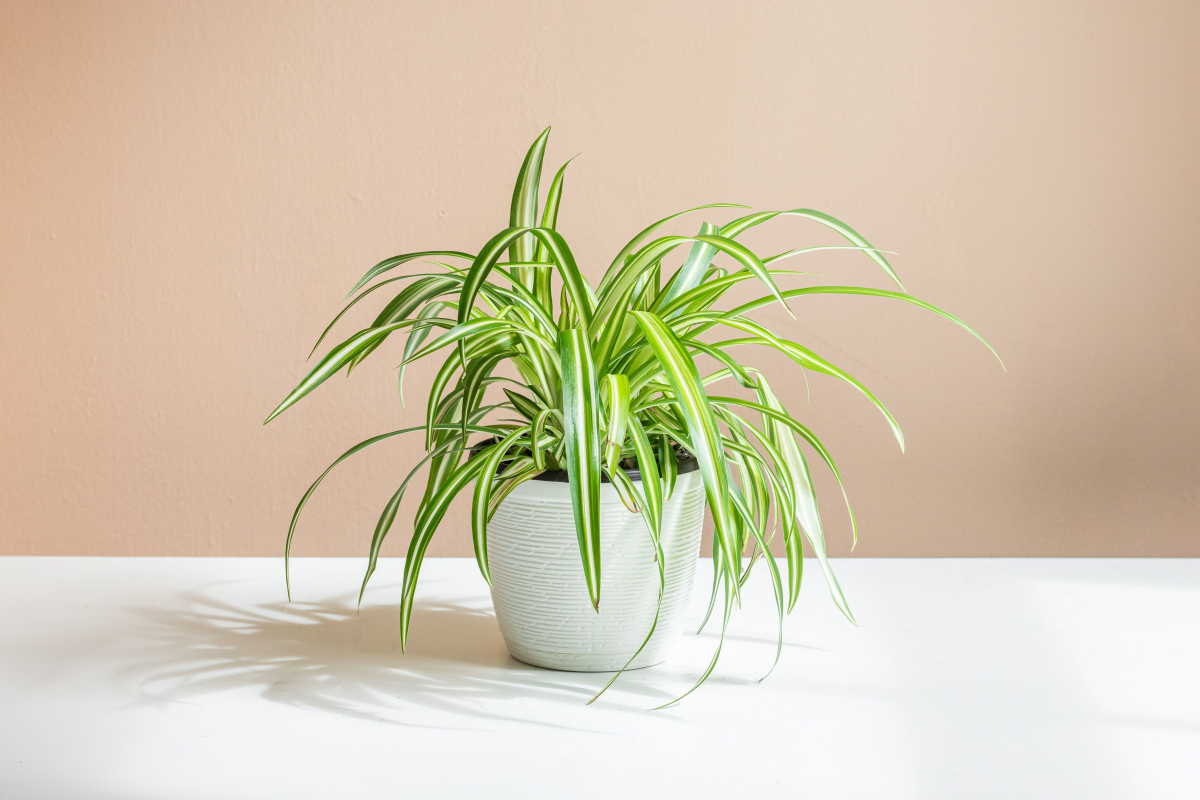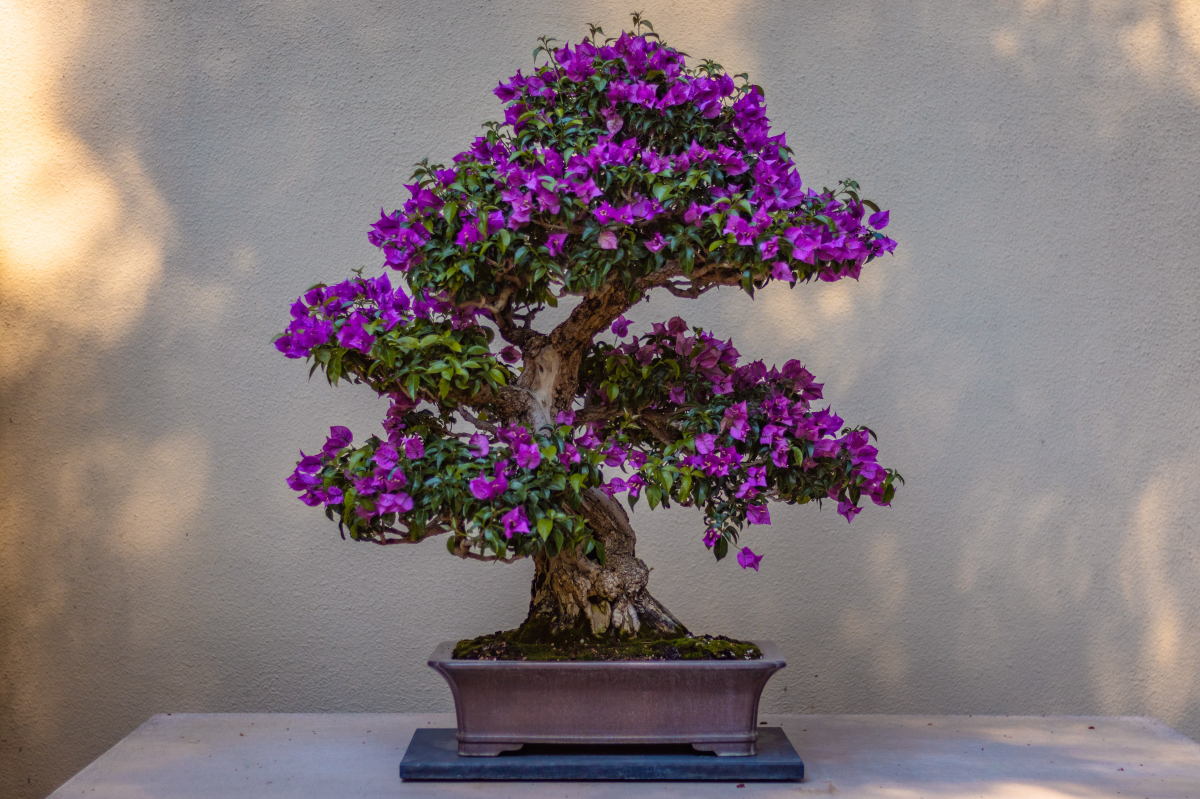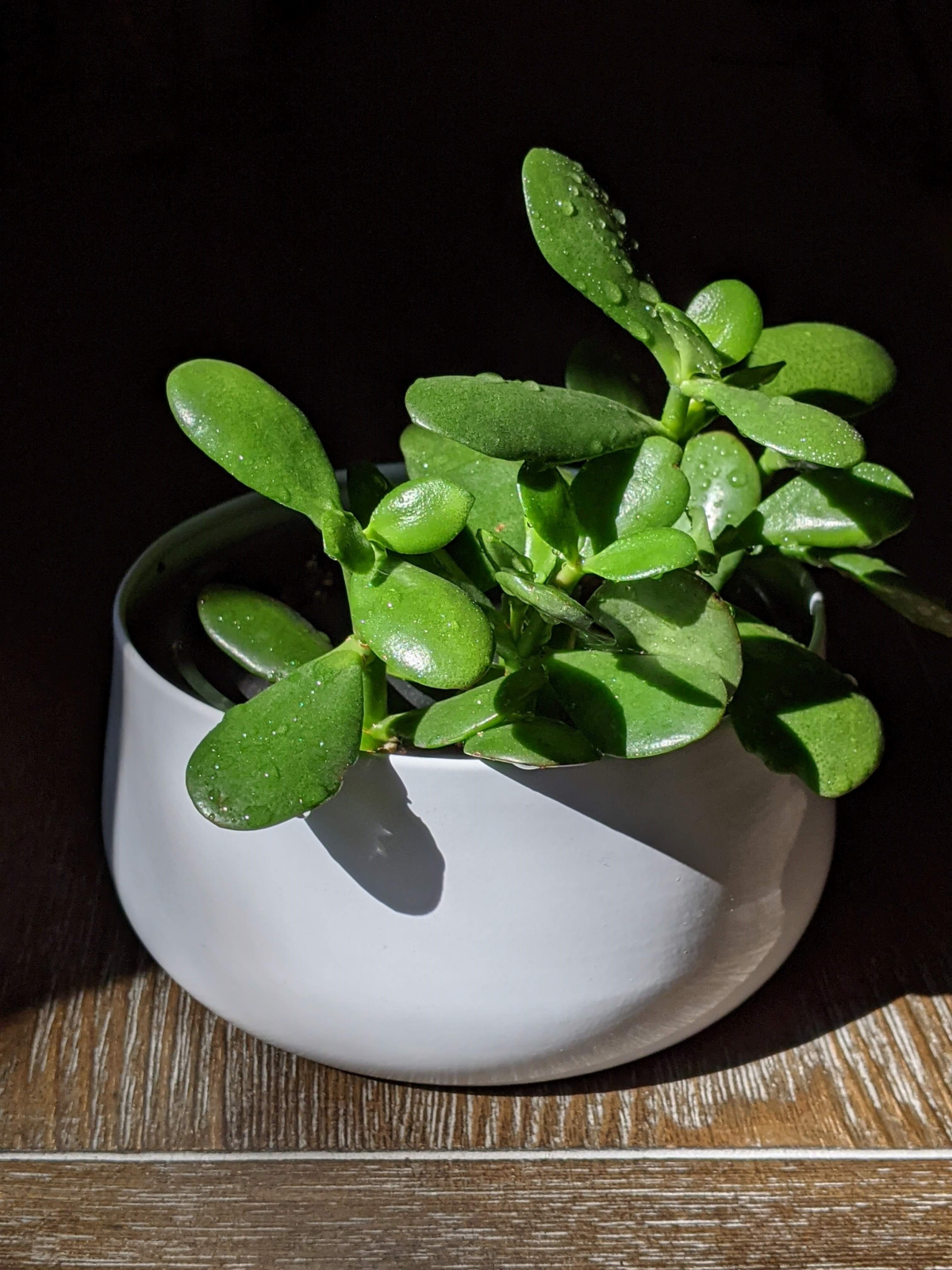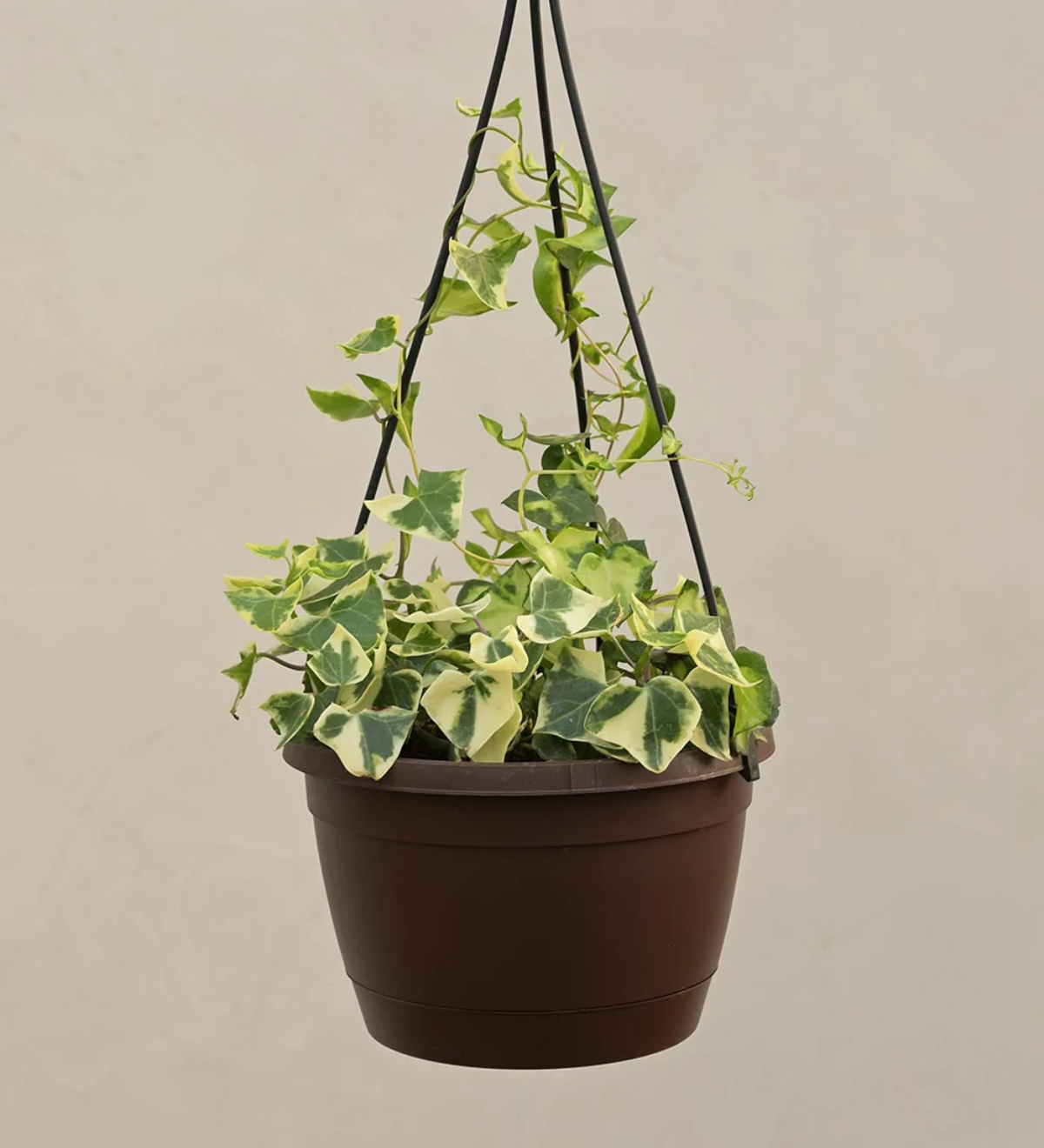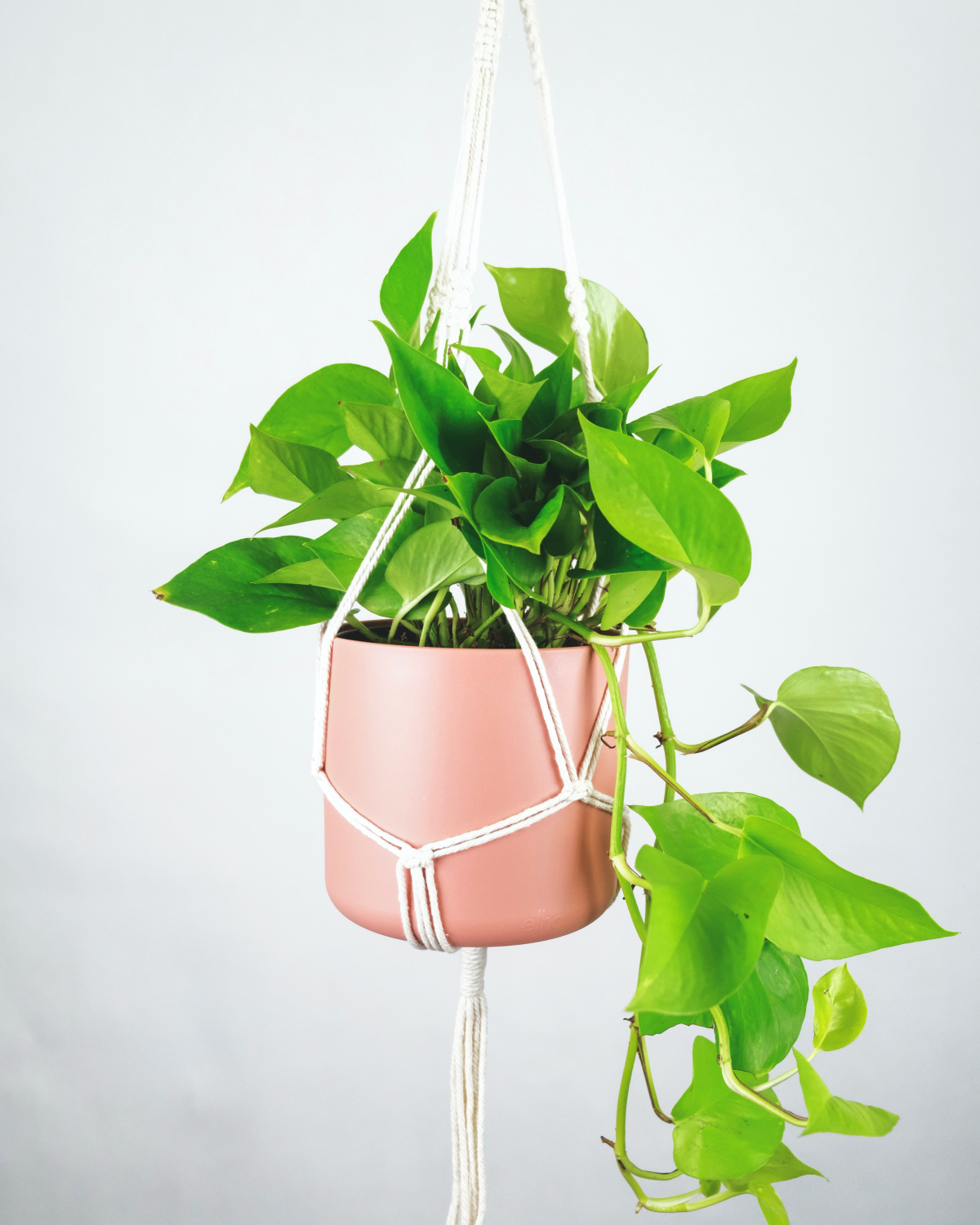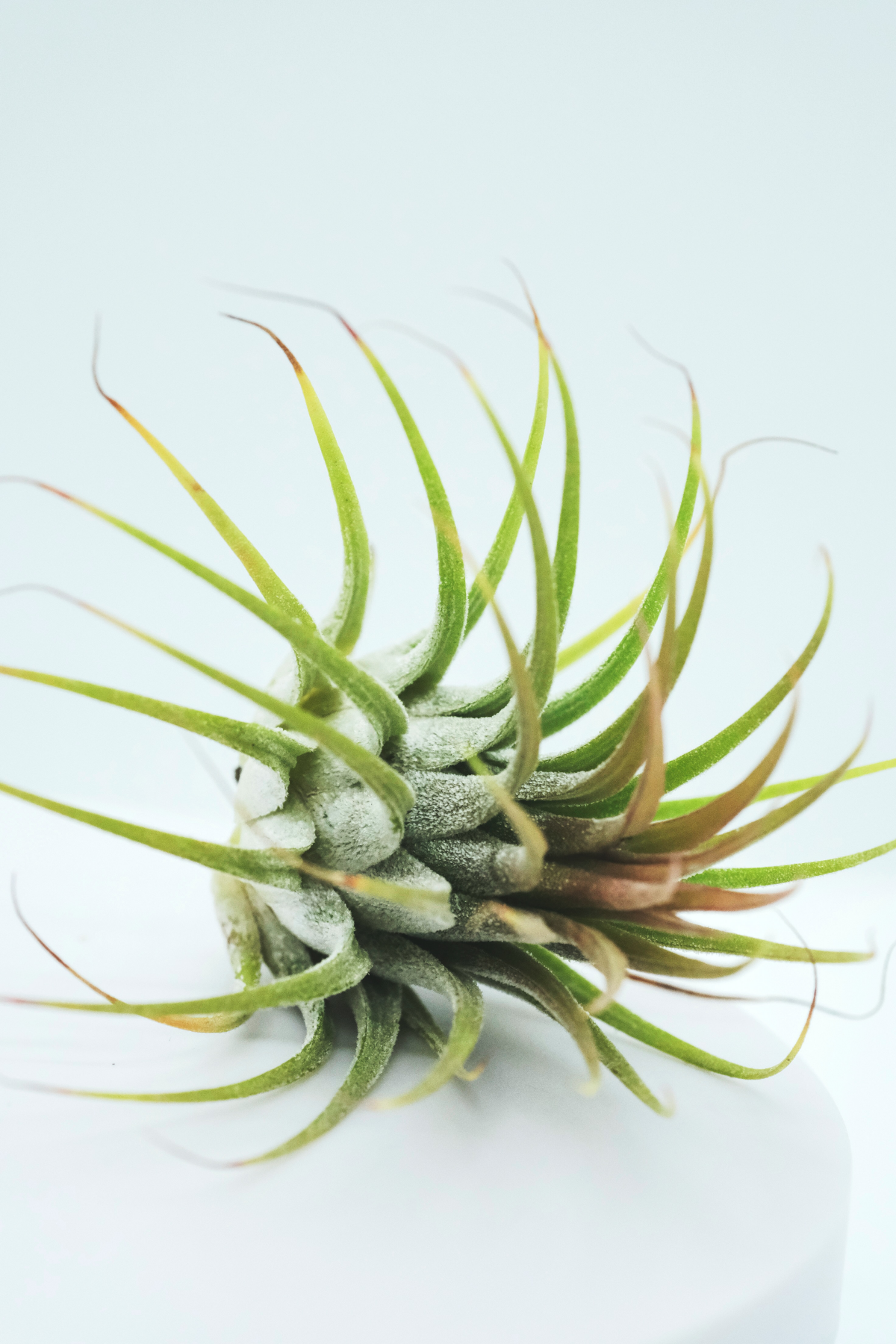10 Tiny House Plants That Are Perfect For Compact Living
In an era where tiny house living is becoming increasingly popular, the challenge of incorporating greenery into smaller spaces is more prevalent than ever. House plants are more than just decorative elements. They purify the air we breathe and add a soothing, natural ambiance to our living spaces. This growing trend towards downsized living doesn’t mean sacrificing the joys of indoor gardening. On the contrary, it invites creativity and innovation in the way we integrate plants into our homes. Tiny house plants are the ideal solution for plant enthusiasts who are short on space but big on green aspirations. From the petite and hardy to the lush and vibrant. These plants prove that size doesn’t limit the ability to transform a living space into a green sanctuary.
House plants are more than just decorative elements
In this article
Tiny House Plants
Do you find yourself struggling to fit nature into your compact living space? The good news is, even the smallest of spaces can be enlivened with the right kind of greenery. Tiny house plants are not just space-efficient – they add charm and vitality to your home. These miniature wonders are perfect for the space-conscious plant lover. They offer the beauty and benefits of larger plants without the need for ample space. In this guide, we’ll explore a variety of tiny house plants that are as versatile as they are beautiful. Whether you live in a studio apartment, a tiny house, or just want to add more green to your space without overcrowding it, this article will guide you through the best tiny house plants for your needs. Discover how these tiny plants can make a big impact, transforming your compact living space into a thriving green oasis.
These miniature wonders are perfect for the space-conscious plant lover
Succulents
Succulents are the quintessential tiny house plants. They offer a delightful array of shapes, sizes, and colors to fit any small space. Their thick, fleshy leaves store water, allowing them to thrive in arid conditions and making them particularly forgiving for those who might not have a green thumb. Succulents come in a wide range of varieties. From the rosette-forming Echeveria to the trailing String of Pearls, each adding its unique charm to your tiny home. They prefer well-drained soil and bright, indirect light, making them ideal for sunny windowsills or well-lit corners. Beyond their ease of care, succulents bring a modern and minimalist touch to any space. Their geometric shapes and varied textures providing visual interest and a sense of calm. Whether grouped together for a stunning display or used as solitary accents, succulents are versatile and stylish additions to compact living spaces.
Succulents are the quintessential tiny house plants
Air plants
Air plants, known scientifically as Tillandsia, offer a unique approach to indoor gardening, perfect for compact living spaces. These remarkable plants don’t require soil. This frees them from the confines of traditional pots and opening up a world of creative display possibilities. They can be placed in glass globes, mounted on pieces of driftwood, or nestled in miniature hanging baskets. This makes them adaptable to any style or space. Air plants prefer bright, indirect light and need to be soak in water once a week for about 30 minutes. So, their care routine is simple yet engaging. Their ability to absorb water and nutrients through their leaves makes them fascinating specimens. With their diverse range of forms – from spiky to flowy, silvery to green – air plants add an ethereal and otherworldly charm to tiny homes.
Air plants prefer bright, indirect light
Spider plant
The spider plant is scientifically known as Chlorophytum comosum. It is a celebrated choice for tiny homes and revered for its air-purifying abilities and remarkable adaptability. This plant is a champion grower. It produces long, arching leaves that create a cascading effect. So, it is perfect for hanging baskets or elevated shelves. What sets the spider plant apart are the small plantlets or “spiderettes” that dangle from its mother plant. These plantlets offer an easy and fun way to propagate and multiply your collection. These plantlets can be snipped off and rooted in water or soil. Spider plants are notably hardy. They thrive in a variety of light conditions from low to bright indirect light. Plus, they are forgiving to occasional neglect. This resilience, combined with their lush, green foliage and air-cleaning properties, makes them an ideal choice for beginners and those living in smaller spaces.
These plantlets offer an easy and fun way to propagate and multiply your collection
Peace lily
The peace lily, or Spathiphyllum, is a graceful and compact plant that is as beautiful as it is beneficial. It is famous for its remarkable ability to improve indoor air quality. This makes it an ideal addition to small living spaces, where air circulation might be limited. The peace lily features glossy, dark green leaves and periodically produces stunning white blooms that resemble a white flag of peace. These plants are relatively low-maintenance and thrive in low to medium light conditions. So, they are suitable for spaces that don’t receive a lot of natural sunlight. Watering is simple. Wait until the top inch of soil is dry before watering again. This forgiving nature makes the peace lily a popular choice among both novice and experienced plant owners.
These plants are relatively low-maintenance
African violet
African violets, with their charming, velvet-like leaves and vibrant blooms, are a delightful addition to tiny living spaces. Known for their variety of colors and patterns, these small plants can add a significant splash of color to your home. They thrive in well-draining soil and prefer moderate to bright indirect light. So, they are suitable for a windowsill or a well-lit corner. African violets prefer a consistent environment. So, avoid sudden temperature changes or drafts. This makes them perfect for a settled tiny home where their care can be closely monitored. These plants require consistent moisture. So, it’s important to water them when the soil feels slightly dry to the touch but avoid getting water on the leaves, as this can cause spots. With proper care, African violets will reward you with a year-round display of their beautiful flowers.
African violets have velvet-like leaves and vibrant blooms
Bonsai trees
Bonsai trees, the miniature masterpieces of the plant world, are ideal for adding a touch of elegance and tranquility to small spaces. The art of bonsai involves meticulously shaping and pruning these tiny trees to create a sense of balance and harmony. This process is not just about aesthetics. It’s a meditative practice that fosters patience, attentiveness, and a deep connection with nature. Bonsai trees require specific care, including regular pruning, wiring, and repotting, to maintain their miniature size and artistic shape. This attention to detail makes bonsai cultivation a rewarding hobby for plant enthusiasts who appreciate the intricacies of plant care. Bonsais should be grown in shallow pots, which complements their small size, making them perfect for tiny homes or apartments. They thrive in a variety of conditions, depending on the species, but most bonsai trees prefer bright, indirect light and regular watering.
Bonsai trees require specific care
Jade plant
Jade plants, with their succulent, glossy green leaves and thick, woody stems, are a popular choice for tiny house living. These hardy plants have a unique, almost tree-like structure, adding a sculptural element to any living space. Known for their easy care, jade plants require minimal watering, making them ideal for those with busy lifestyles or who are new to plant care. They thrive in bright light, such as a sunny windowsill, and can tolerate direct sunlight. With proper care, these plants can grow quite large, but their growth is slow, allowing you to shape and prune them as desired. Jade plants are also believed to bring good luck. Their robust nature and ability to store water in their leaves mean they are forgiving if you occasionally forget to water them.
These hardy plants have a unique, almost tree-like structure
Herbs
Growing herbs like basil and mint indoors serves a dual purpose. They are both practical for culinary uses and beautiful as tiny house plants. These fragrant herbs can transform your compact living space into a mini herb garden, providing fresh flavors for cooking while filling your home with their delightful aroma. Basil and mint require more attention than some other houseplants, including regular watering to keep the soil consistently moist and pruning to encourage bushier growth and prevent flowering. These herbs prefer a spot with plenty of sunlight, such as a kitchen windowsill, where they can bask in the natural light. In addition to their culinary benefits, these herbs can add a touch of greenery to your living space, enhancing the overall aesthetic and creating a more inviting atmosphere.
Growing herbs like basil and mint indoors serves a dual purpose
English ivy
English Ivy, with its classic trailing vines and lush foliage, is a versatile plant perfect for small living areas. Its ability to be grown as a hanging or trailing plant makes it a great choice for tiny houses, where space is at a premium. English Ivy is famous for its air-purifying qualities. This makes it a functional addition to any home. It can adapt to a variety of light conditions, from low light to bright, indirect light, though it thrives best in the latter. Regular pruning and training of the vines can help maintain the plant’s shape and size, ensuring it remains manageable and healthy. This plant’s versatility extends to its ability to be styled in various ways – it can be draped over shelves, grown in hanging baskets, or trained to climb along trellises or walls.
English Ivy is famous for its air-purifying qualities
Pothos
Pothos, also known as Devil’s Ivy, is an excellent choice for beginners in the world of houseplants. Renowned for its hardiness and versatility, it is a plant that can flourish in a variety of light conditions, from low to bright indirect light. This adaptability makes it particularly suited for tiny homes, where lighting conditions can vary. Pothos can be styled in multiple ways. It can elegantly trail from hanging baskets, climb along trellises, or sprawl across shelves, making it a versatile decor element in compact spaces. In addition to its aesthetic appeal, pothos is famous for its air-purifying qualities. It can filter out common household toxins, thereby contributing to a healthier living environment. Its long, cascading vines, characterized by heart-shaped leaves often variegated with white or yellow, can add a touch of greenery and freshness to any small space.
Pothos can be styled in multiple ways
Incorporating tiny house plants into compact living spaces is not only a joy but a creative challenge that brings numerous rewards. These plants offer a delightful blend of beauty, practicality, and adaptability, each perfectly suited to meet the unique demands of living in a small space. Ranging from the low-maintenance succulents and hardy pothos to the elegant bonsai and fragrant herbs. You have a variety of options to suit every taste and lifestyle. These plants show that limited space does not mean limited greenery. Instead, it opens up opportunities to get creative with plant choices and placement. Whether you’re looking to purify the air, add a splash of color, or simply bring a piece of nature into your home, there is a tiny house plant that can fulfill those needs.
These plants show that limited space does not mean limited greenery
